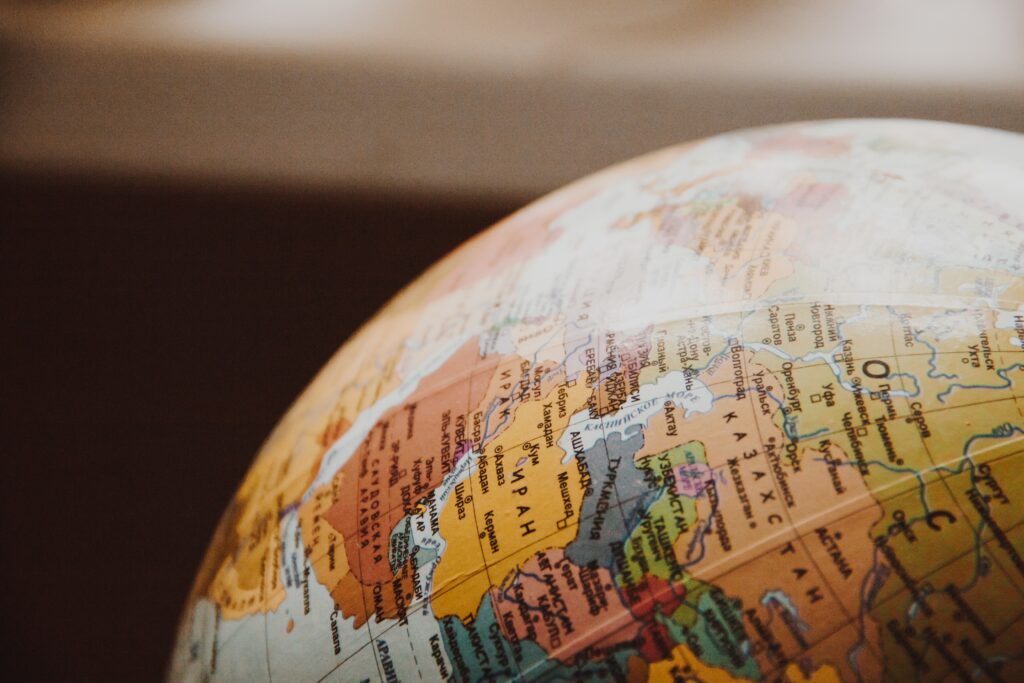A continent is one of the world’s seven main landmasses. There is no single, universally accepted definition of a continent, but they are generally defined as large, continuous masses of land that are separated by oceans.
The seven continents, in order of size, are:
- Asia
- Africa
- North America
- South America
- Antarctica
- Europe
- Australia
Some people also consider Europe and Asia to be one continent, called Eurasia. This is because they are connected by a land bridge and share many cultural similarities. However, they are also separated by the Ural Mountains and the Caspian Sea, which is why they are often considered to be two separate continents.
How did continents form?
Continents are constantly moving and changing shape due to plate tectonics. Plate tectonics is the theory that the Earth’s crust is made up of a number of large plates that are constantly moving. The continents are located on these plates, and as the plates move, the continents move with them.
Millions of years ago, all of the continents were connected in one supercontinent called Pangaea. Over time, Pangaea broke apart and the continents drifted to their current positions. This process is still ongoing today, and the continents continue to move at a rate of a few centimeters per year.

What are the different types of continents?
There are two main types of continents: continental crust and oceanic crust. Continental crust is thicker and less dense than oceanic crust. It is also richer in minerals and other resources. Oceanic crust is thinner and more dense than continental crust. It is also less rich in minerals and other resources.
Most of the continents are made up of continental crust. However, there are a few exceptions, such as Iceland and New Zealand, which are made up of oceanic crust.
What are the characteristics of continents?
Continents are characterized by a number of features, including:
- Large size: Continents are large, continuous masses of land. The smallest continent, Australia, is still over 7.6 million square kilometers in size.
- High elevation: Continents are generally higher in elevation than the surrounding ocean floor. This is because continental crust is thicker and less dense than oceanic crust.
- Diverse landscapes: Continents have a wide variety of landscapes, including mountains, valleys, forests, deserts, and grasslands.
- Rich resources: Continents are rich in minerals and other resources. This is because continental crust is thicker and less dense than oceanic crust.
What is the importance of continents?
Continents are important for a number of reasons. They provide homes for billions of people and support a wide variety of plant and animal life. Continents are also important sources of food, water, and other resources.
In addition, continents play an important role in the global climate. They help to regulate the Earth’s temperature and precipitation patterns. Continents also help to protect the Earth from harmful solar radiation.
The geological definition of a continent
In geology, a continent is defined as a large area of continental crust that is surrounded by oceanic crust. Continental crust is thicker and less dense than oceanic crust. It is also richer in minerals and other resources.
The cultural definition of a continent
The cultural definition of a continent is more subjective and can vary from person to person. Some people define continents based on their shared cultural history and traditions. Others define continents based on their geographical features, such as their mountain ranges, rivers, and deserts.
Conclusion
Continents are large, continuous masses of land that are separated by oceans. They are formed by the movement of tectonic plates. Continents are characterized by their large size, high elevation, diverse landscapes, and rich resources. Continents are important for a number of reasons, including providing homes for billions of people, supporting a wide variety of plant and animal life, and serving as important sources of food, water, and other resources.